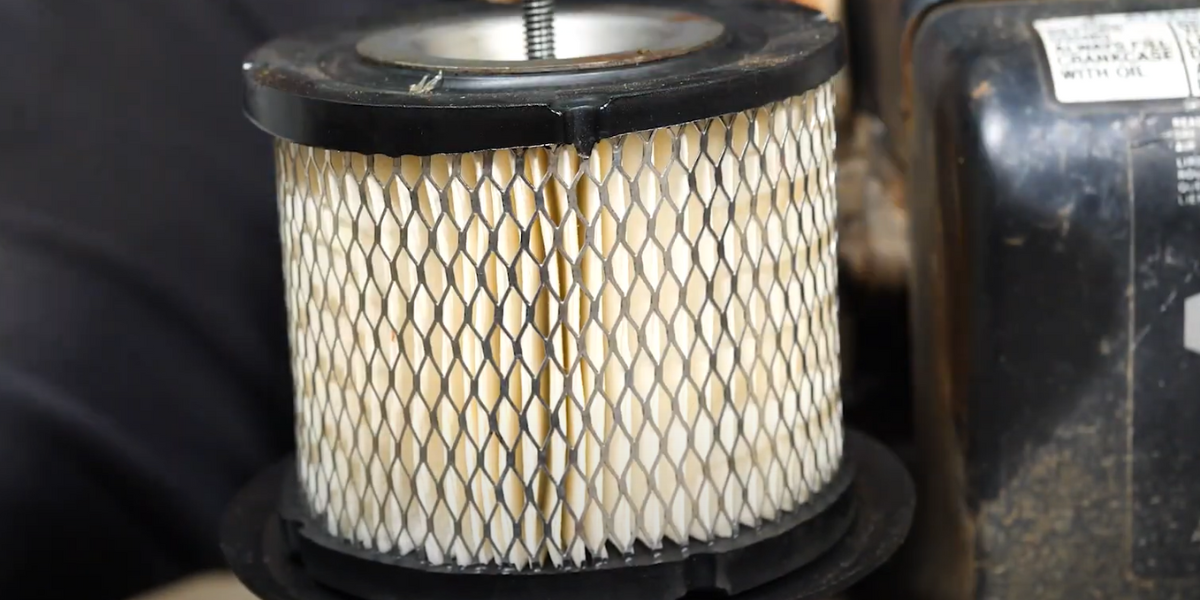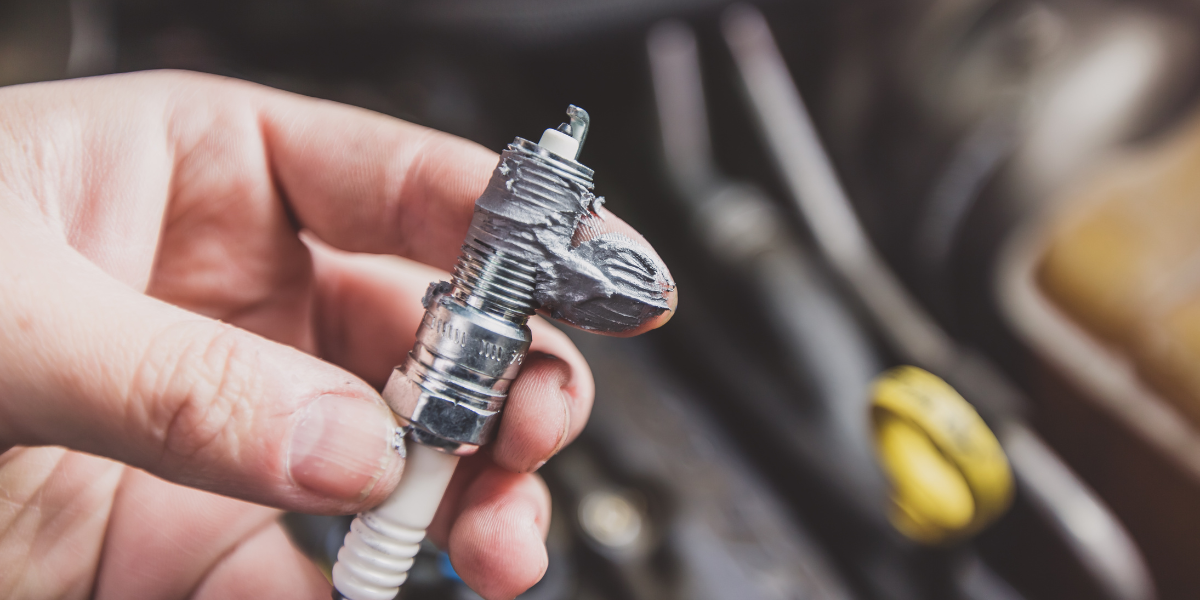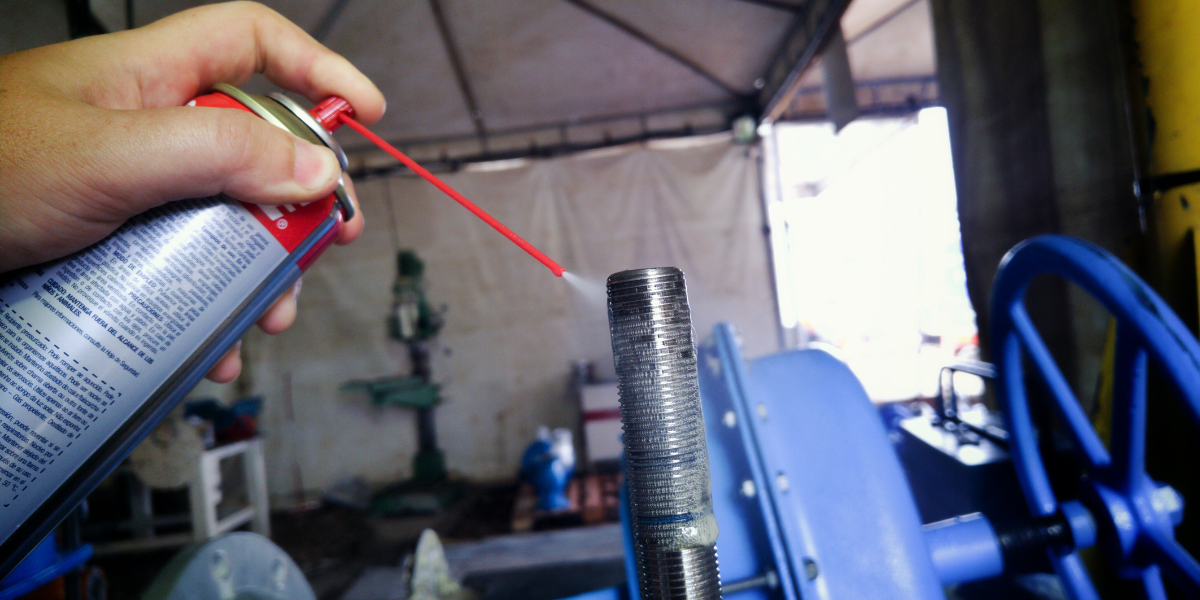Quick Guide to Tiller Maintenance
Taking Care of Your Tiller
Tilling is a dirty business; if you're here, you know just how vital your tiller is to your garden. From breaking up hard ground and bringing up fresh soil, tillers help prepare your garden beds for the best possible planting. And for all that they do, tillers need regular maintenance and some tender love and care for them to keep your soil healthy and moist and make planting your seeds easier. So, we've prepared a quick guide to help you take care of your tiller so it can keep taking care of you.
Learning About Fuel
Firstly, you need to ensure you take great care of your engine. The primary way in which you do this is by giving it fresh, high-quality fuel, preferably as high octane as you can afford! Trust us; it's worth the investment. Higher octane levels produce a cleaner burn, better performance and can withstand higher temperatures than lower octane.
During the winter months, when you aren't doing as much tilling unless you like to create holes in the ice, be sure to pour a fuel stabilizer inside the tank to keep your fuel in good condition before storing it away. A fuel stabilizer helps to provide a protective layer for fuel that's still in your tiller. The protective layer helps to prevent evaporation and oxidization, which can clog the fuel lines and carburetor.
If you have leftover fuel at the end of the season, store it in an airtight container or a sealed can. Storing the fuel safely will ensure that it retains its high quality, maintains a longer shelf life, and is ready to go when tilling season comes around again. And if you want to be extra safe, you can also pour some fuel stabilizer inside the container.
Air Quality

The air filter in your tiller is responsible for stopping debris, dirt, and dust from entering the engine during tilling. The air quality also affects the quality of your fuel. High congestion of debris can cause the engine to seize and stop working. The more air that your engine can get, the better your combustion, as oxygen is necessary for combustion, and the better the combustion, the more power your tiller is going to have. This is especially true if you're tiling over especially hard and dry ground for long periods of time.
You must change your air filter regularly, at least once per tilling season. If your air filter is made of paper, it must be replaced regularly, but if it is made of foam, you can clean it with soap and warm water. Allow it to air dry and be sure to check that it is completely dry before using it again. Once you've replaced or cleaned your air filter, make sure to apply a generous amount of air filter oil which helps in preventing the dust and debris from passing through. Ensure you use air filter-specific oil, not other types of oil, as different types can seep through the foam and reach the engine.
Aside from cleaning and replacing your filter, always be sure to inspect it regularly. If you notice tears or any signs of wear and damage, replace your air filter. Your tiller will thank you!
Checking the Oil
An engine needs to stay lubricated to have a long and happy life. Therefore, oil is essential. Your tiller not only requires the right amount of oil, but it also needs a good quality oil. In addition, oil changes help to remove dirt that builds up in the engine during the tilling process and helps to protect the inner parts of your tiller from wearing down.
It is also important to note the weight and type of oil you are using for your tiller for optimal performance. Thinner/lighter oil heats up faster and works well for using your tiller in colder temperatures. In contrast, a heavier/thicker oil is better when working in hot conditions.
It is ideal to change your oil once a year, regardless of how often you use it. However, if you are using synthetic oil, you can change it every two years.
Spark Plug

The spark plug is a small part that plays a big role in the functioning of your tiller. It is responsible for creating the explosion (this is a good thing) inside your cylinder, i.e., it ignites the air and fuel to power your engine. If the spark plug is damaged or burnt out, your engine may not start or fail halfway through your tilling. Either way, you can prevent this by inspecting the spark plug each tilling season to ensure it is still in mint condition. Feel free to change your spark plug every year depending on how often you use it. We carry a wide selection of spark plugs for all your tilling needs!
Checking the Starter
You can't start your tiller without the pull cord. The cords are typically made of rope, but some can be made of metal. These cords are susceptible to wear and tear, so check on your pull cord before you use your tiller. Make sure it's not frayed or cut or hanging loose. If it is, it's best to replace it before you begin your tilling so that it doesn't break on you halfway through your tilling. You don't have to go very far, OEM starters for you right here!
Checking the Drive Train
Begin by checking your wheels and tires – they work very hard. First, inspect these parts to see if they are showing signs of serious wear and tear, such as splits and cracks. Your wheels must be spinning freely and steadily. If they seem a bit shaky, you may need to replace them or lubricate the axles to help them move smoothly. Next, be sure to check that your tires have good air pressure. If not, you can replace the tire or save some money by getting a tube that you can use to pump air into the tire yourself.
Check the drive belt to ensure that it maintains tension well. As you use your tiller over hard ground, some nuts and bolts may become loose over time. So, be sure to check the belt tension regularly. Don't forget to visually inspect the belts as well to ensure that they are not cracked and split, as this would prevent your tiller from functioning well.
Lubrication

We've talked about lubrication before, and we'll talk about it again. Good tiller maintenance means ensuring that all parts of your tiller are well-oiled and running smoothly. Be sure to lubricate the tines - the metal blades that dig into the soil, the throttle cables, handle adjustments, and anywhere where there is a pivot point or moving part. This is a very simple process, and all you need to do is get some spray lubrication and spritz it on these parts.
Well, there you have it folks, your all-inclusive guide on how to take care of your tiller! And remember, if you’re ever in need of some genuine OEM replacement parts for your tiller, we’ve got you covered.
